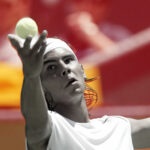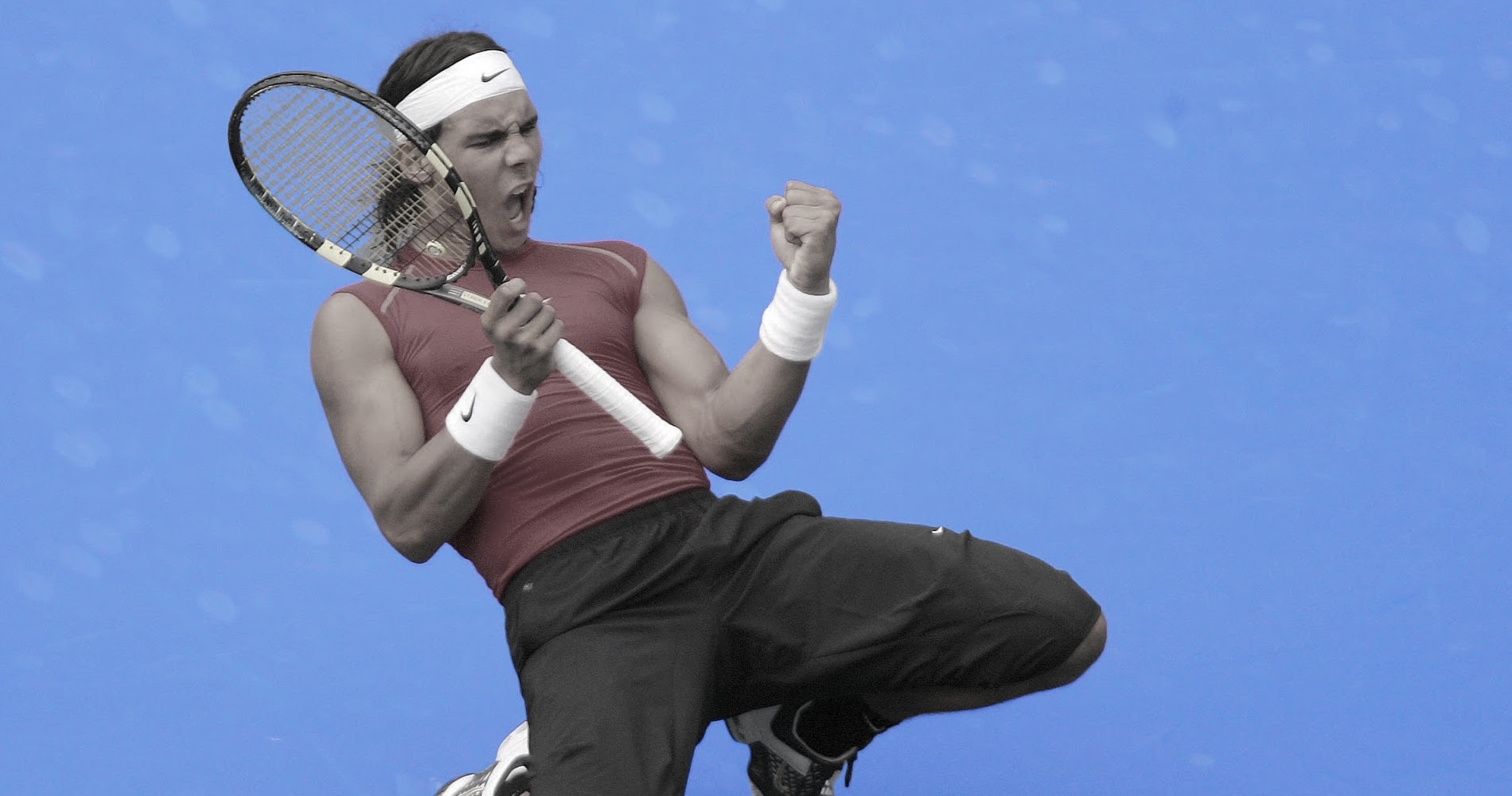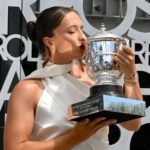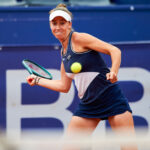April 8, 2005: The day Igor Andreev became the last man to beat Rafael Nadal on clay for two years
On this day in 2005 the King of Clay suffered a rare defeat on his best surface. He wouldn’t lose again for two years
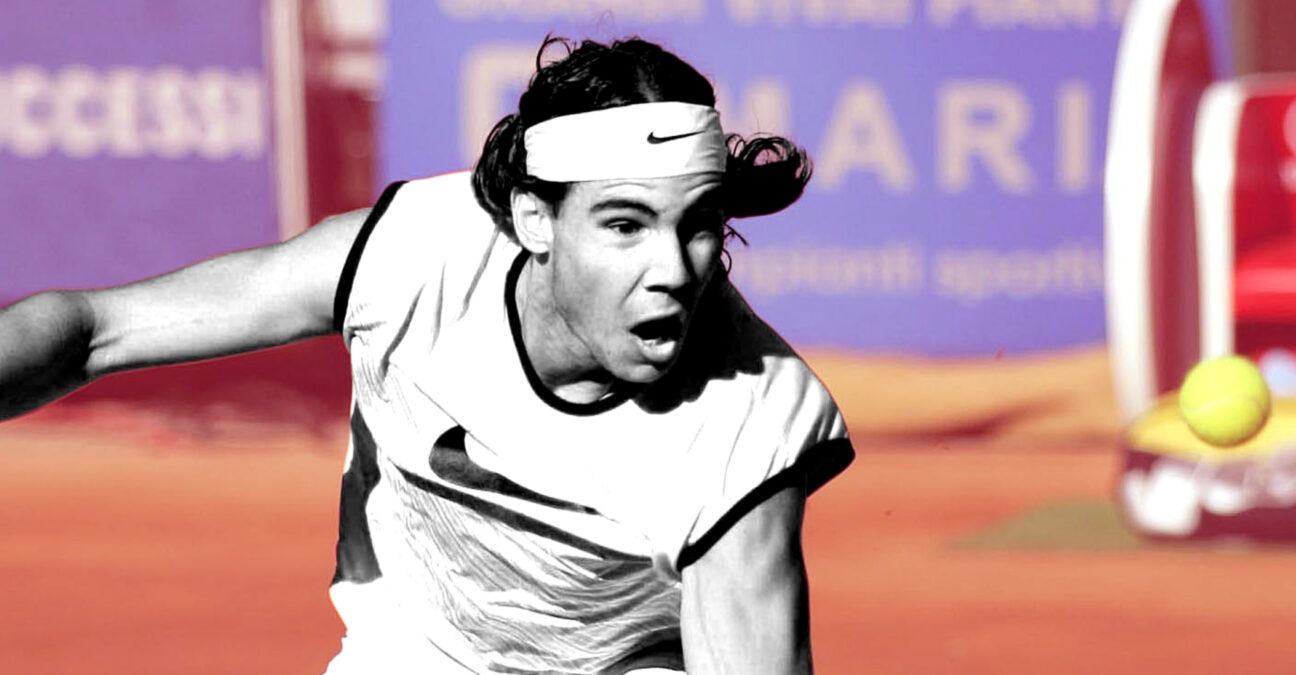 Rafael Nadal 2005 Valencia
Rafael Nadal 2005 Valencia
What happened exactly on that day
On this day, April 8, 2005, in the Valencia quarter-finals, 18-year-old Rafael Nadal, seeded No 3, was defeated by world No 47 Igor Andreev (7-5, 6-2). This loss later became memorable, as it was the last time the Spaniard lost on clay before he began his record 81-win streak on his favourite surface, which started the following week, in Monte-Carlo, and ended two years later.
The players: Igor Andreev and Rafael Nadal
- Igor Andreev, clay specialist
Igor Andreev, from Russia, was born in 1983 in Moscow, but he came to Spain at the age of 15 to boost his tennis career. He turned professional in 2002, and he broke into the top 100 in October 2003. Relying mostly on a very powerful forehand, his favourite surface was clay, as reflected by his first remarkable results, obtained in 2004: reaching the fourth round at Roland-Garros (lost to future champion Gaston Gaudio, 6-4, 7-5, 6-3), he played two finals on red dirt, the first one in Gstaad (lost to world No 1 Roger Federer, 6-2, 6-3, 5-7, 6-3), and the second one in Bucharest (lost to Jose Acasuso, 6-3, 6-0).
- Rafael Nadal, rising star
In April 2005, when the Valencia Open began, the young Rafael Nadal was only 18 years old but had made himself known on the Tour already as a rising force. Back in 2002, Nadal, at the age of 15 years, 10 months and 26 days, made his first appearance on the main Tour, after the director of the Mallorca Open invited him into the main draw. In front of his home crowd, the 762nd player in the world not only played, but won his first ATP match, beating world No 81 Ramon Delgado in two sets (6-4 6-4).
A year later, in 2003, aged 16, at the Monte-Carlo Masters 1000, he defeated the defending Roland-Garros champion, Albert Costa (7-5, 6-3), before reaching the third round at Wimbledon (lost to Paradorn Srichaphan, 6-4, 6-4, 6-2). In 2004, he knocked out the new world No 1, Roger Federer, at the Miami Masters 1000 (6-4, 6-4), and he was a part of the Spanish Davis Cup victory, defeating world No 2 Andy Roddick in the final against the United States (6-2, 6-7, 7-6, 6-2).

In August, he also won his first ATP tournament, in Sopot, defeating Jose Acasuso in the final (6-3, 6-4). He started 2005 by reaching the Australian Open fourth round (defeated by Lleyton Hewitt, 7-5, 3-6, 1-6, 7-6, 6-2), before claiming two consecutive clay-court titles in South America (in Costa do Sauipe and Acapulco).
Then, in Miami, he reached the final, where, to general astonishment, he managed to take a two-set lead against Roger Federer, before he saw the world No 1 come back, and he finally lost (2-6, 6-7, 7-6, 6-3, 6-1). He was now the No 17 ranked player in the world.
The place: The Valencia Open, Spain
The Valencia Open was established in 2003, to replace the Mallorca Open. Held in early April, it was the kick-off of the clay-court season. The two first players to triumph there were Spanish: Juan Carlos Ferrero won the first edition, and Fernando Verdasco won the second.
The facts
At the 2005 Valencia Open, young Rafael Nadal was the main attraction. The 18-year-old lefty had already made himself famous with a few major upsets in the previous years, and he was growing stronger and stronger. He was no longer a newcomer on the Tour. In 2005, he had already claimed two ATP titles, and the week before, at the Miami Masters, he had been very close to toppling world No 1 Roger Federer in the final.
Nadal was now world No 17, and those who had witnessed how he had tortured the Swiss on hard courts with his amazing topspin couldn’t wait to see him taking on the clay-court season. In the first rounds, the young phenomenon kept his promises, sweeping off the court former Roland-Garros champion Juan Carlos Ferrero (6-2, 6-1), and then defeating Guillermo Garcia-Lopez (6-1, 6-4).
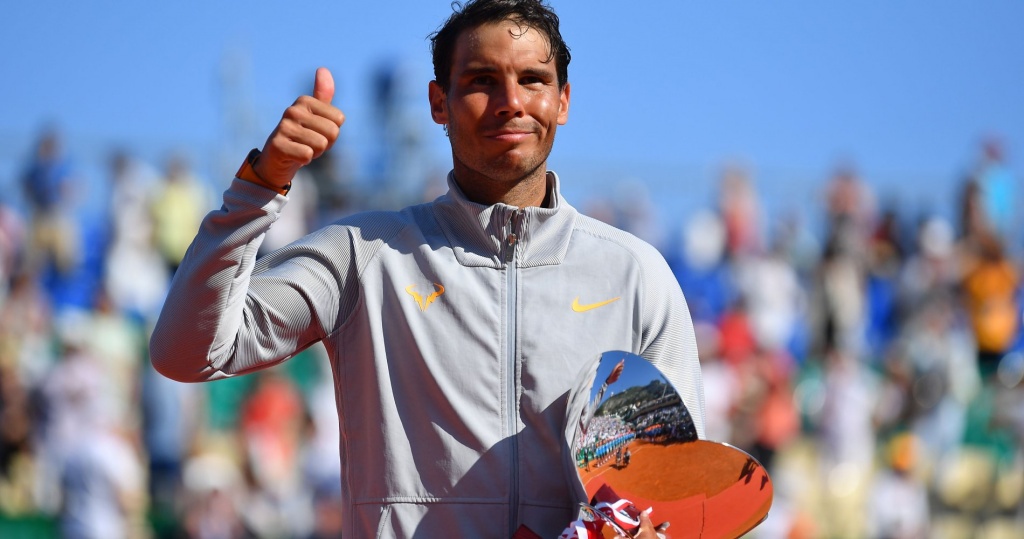
In the quarter-finals, he faced Igor Andreev, who, although of Russian heritage, was almost home, as he had moved to Valencia in 1998, at the age of 15. Andreev, world No 47, was another clay-court specialist, who liked to run around his backhand as often as possible to use his thunderous topspin forehand. In the first set, the battle from the baseline was tough, but in the end, it was the Russian who won, 7-5. In the second set, Nadal, who had barely had time to fly from Miami to Valencia with almost no recovery time, collapsed, and lost 6-2, having lost his serve four times.
No one knew it at the time, but no one would be able to defeat Nadal on clay in his next 81 matches.
What happened next
Igor Andreev would go on to claim the first title of his career, defeating David Ferrer in the final (6-3, 5-7, 6-3). In the following months, he would add two other titles to his list of achievements, in Palermo and Moscow. Andreev would climb as high as world No 18, in 2008, and he would obtain his best Grand Slam result at Roland-Garros, in 2007, where he would reach the quarter-finals (defeated by Novak Djokovic, 6-3, 6-3, 6-3).
For Rafael Nadal, this loss would be the last one before he started a record 81-win streak on clay. It began at the Monte-Carlo Open, where he would defeat Gaël Monfils in the first round (6-3, 6-2), before claiming his first title in a Masters 1000 event, beating defending champion Guillermo Coria in the final (6-3, 6-1, 0-6, 7-5).
The following week, he would remain undefeated in Barcelona, beating Juan Carlos Ferrero in the final round (6-1, 7-6, 6-3) and entered the top 10 for the first time in his career. In Rome, bursting with confidence, he would edge Guillermo Coria in the longest ATP final ever played (6-4, 3-6, 6-3, 4-6, 7-6).
These unbelievable results would make him the favourite for his first appearance at Roland-Garros. This new pressure would not disturb Rafael Nadal, who would win the tournament at his first attempt, beating Roger Federer (6-3, 4-6, 6-4, 6-3) in the semi-final and Mariano Puerta in the last round (6-7, 6-3, 6-1, 7-5). He would not be defeated on his favourite surface before May 20, 2007, when Federer would finally beat him on clay (2-6, 6-2, 6-0).

